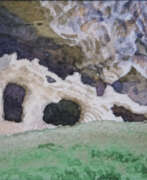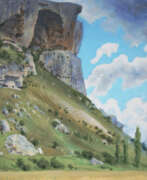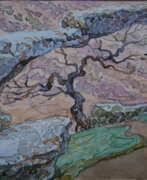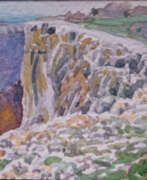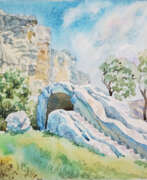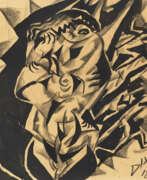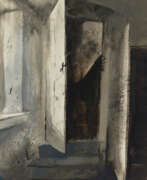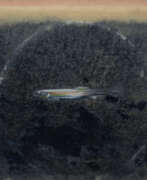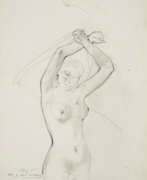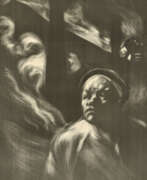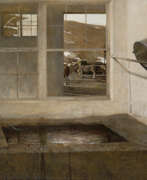Realism

Realism
Realism was a transformative art movement that arose in France during the 1840s. It marked a departure from Romanticism, emphasizing truthful and accurate portrayals of ordinary people and everyday situations. Artists like Gustave Courbet led the way, infusing their works with a sense of immediacy and unvarnished truth.
This movement became the first modern turn in art by rejecting the exaggerated emotions and drama of Romanticism. Realist artists focused on painting real-life events and the lives of average, working-class individuals, often set against the backdrop of the Industrial Revolution. They utilized dark, earthy palettes to craft unflinching portraits and scenes that presented a direct and unembellished view of contemporary life.
Realism flourished until the late 19th century, mirroring the societal shifts following the 1848 Revolution. It introduced the concept of depicting the working class and their environments as subjects worthy of artistic representation. Today, museums such as The Metropolitan Museum of Art house Realist works that continue to influence modern art and social values, offering a window into the authentic experiences of the past.
For enthusiasts of art history and collectors who value the fidelity of representation in art, Realist works offer a meaningful connection to the human experience. If you're interested in exploring the legacy of Realism and its key figures, sign up for updates and gain access to insights and collections that celebrate this pivotal movement.
| Country: | Europe, France, Russian Empire |
|---|---|
| Start of the period: | XIX century |
| End of the period: | XIX century |

